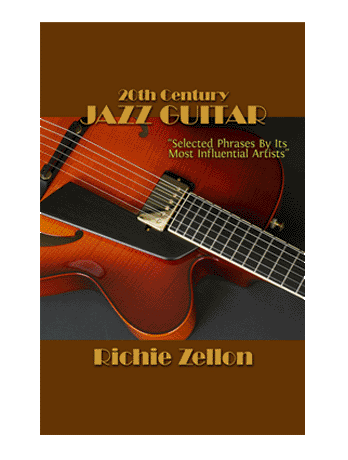Solo over “My Funny Valentine” with Diads
If you’re like most guitarists, you probably resort to 4 part voicings most of the time when playing chords. Who knows, occasionally you might even play some triads…but do you ever play diads?
I believe that diads, which are simply 2 note chords,are underrated among most guitarists. Yet they are much easier to use than their 4 or even 3 part counterparts when harmonizing a line. Due to the fact that they only occupy two of our fretting fingers, we can employ the remaining ones to execute hammer-ons and pull-offs from diad to diad. In addition, they are the ideal comping resource when we guitarists have to share the stage with a keyboard player who insists on saturating the harmonic landscape with 2 handed voicings sometimes spanning various octaves. In these instances I believe “less is more”, thanks to the magic of diads.
Want to know more about diads? In this video lesson I demonstrate how to derive them from several scales and I teach you how to use them to improvise over the changes to My Funny Valentine. I also explain how to use “passing diads”, as well as 2 note hammer-ons and pull-offs, so you can spice up your solos with some fresh sounding textures!
[Content protected for Jazz Guitarists Series members only]
6 Comments
Submit a Comment
You must be logged in to post a comment.

Wow! Thank you for a great lesson.
You’re welcome!
Thanks Richie: Very useful theory.
I’ve been playing diads in a folk music context for years – worked it out by ear, but never really understood the mechanics of why it worked the way it does. Now I understand why I would sometimes hit clinkers. I need to pay attention to the avoid notes from now on.
I’m going to take this diagram of thirds and work out harmony in sixths, which I also use a lot, but don’t understand “why it works”. I will in the future.
Yes, if you understand where the “avoid notes” are in the 3rds, you should automatically understand where they are in the 6ths, as they are nothing but inverted 3rds. Hint: avoid notes for the most part reside half step above a chord tone in the scale.
Nice One! Thank You.
‘Music is the key that can open strange rooms in the house of memory.’
‘Llewelyn Wyn Griffith’
Awesome!!